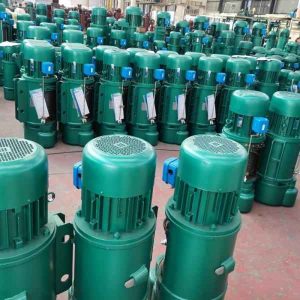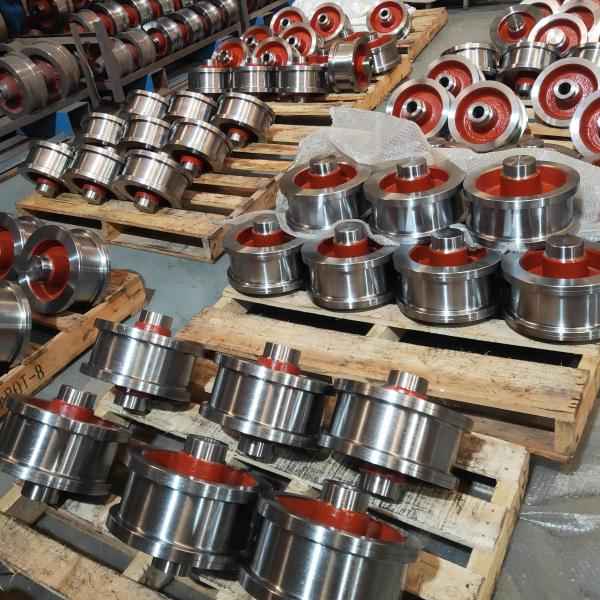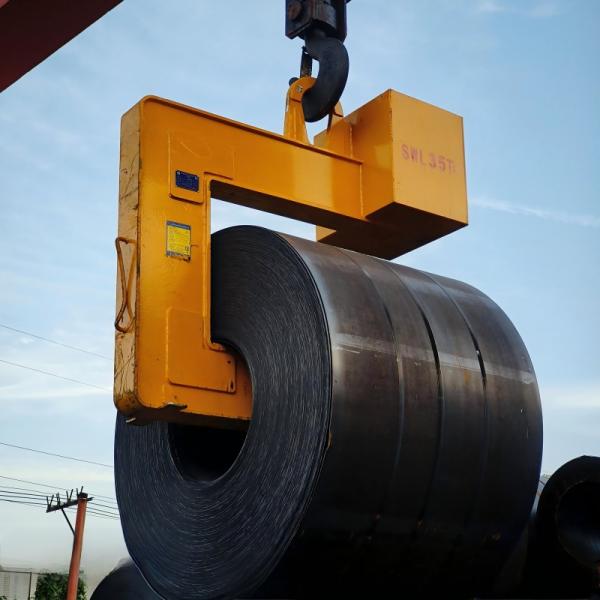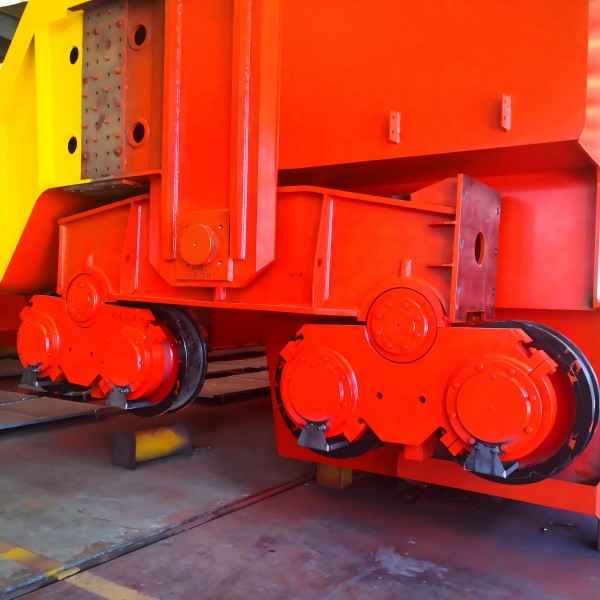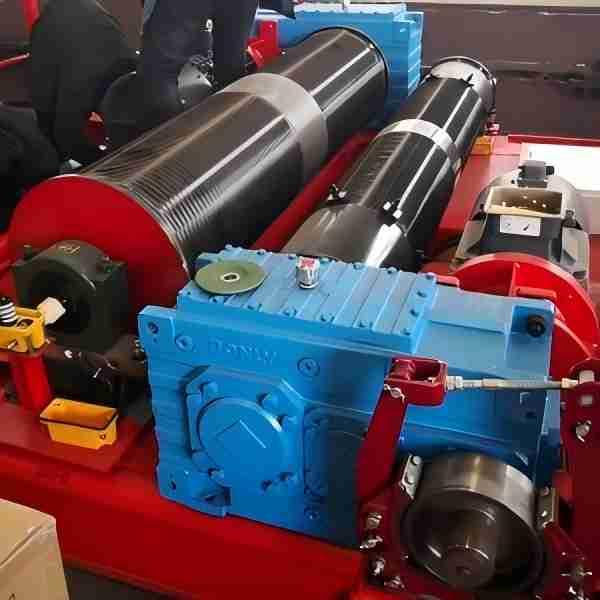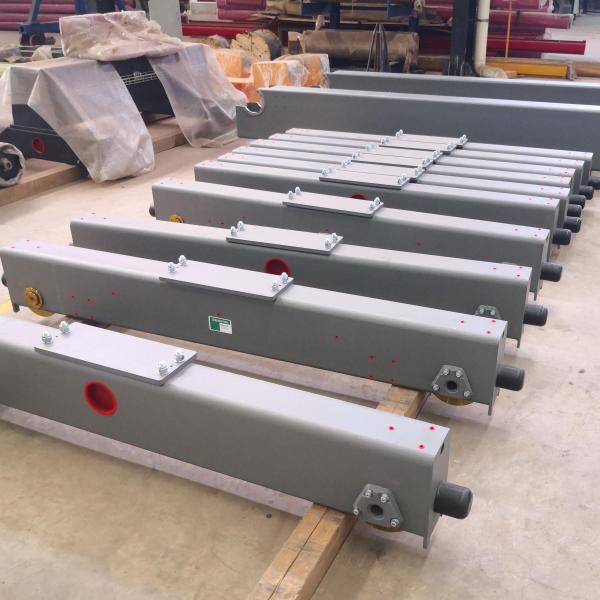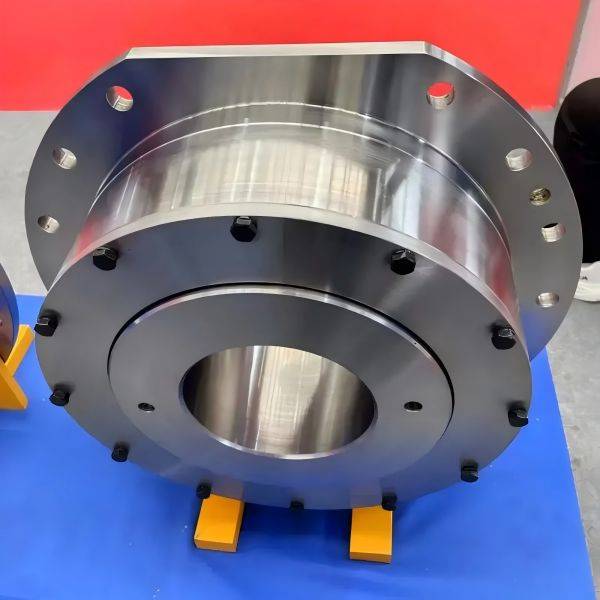Selection Criteria for Wire Rope Electric Hoists
When selecting a wire rope electric hoists, it is essential to consider several key factors to ensure optimal performance and safety. Below are the primary selection criteria:
1. Rated Load Capacity
First and foremost, determine the maximum lifting capacity required, measured in tons (t). Common specifications include 0.5t, 1t, 2t, 3t, 5t, 10t, 16t, and 20t. Choosing the appropriate capacity prevents overload and ensures safe operation.
2. Lifting Height
Next, consider the lifting height, which refers to the vertical distance from the ground or reference surface to the highest lifting point. This is typically measured in meters (m). Standard lifting heights range from 6m, 9m, 12m, 18m, 24m, to 30m, and manufacturers can customize heights to meet specific requirements.
3. Lifting Speed
Additionally, evaluate the lifting speed, which determines how quickly the hoist can raise loads. Most single-speed hoists operate at 8m/min or 7m/min. However, for applications requiring more precise control, low-speed models (such as dual-speed or variable frequency options) provide speeds like 0.8/8 m/min for smoother operation.
4. Traveling Speed
If the hoist includes a trolley mechanism for horizontal movement, its traveling speed becomes another crucial factor. Typically, standard speeds range from 20m/min to 30m/min. For applications requiring variable speeds, frequency-controlled models offer adjustable speeds from 5m/min to 30m/min.
5. Duty Cycle (Work Classification)
To ensure longevity and reliability, users must select a hoist with the appropriate duty cycle based on operational frequency. According to ISO and FEM standards, common classifications include:
- M3 (FEM 1Am): Suitable for light-duty applications with infrequent use.
- M4 (FEM 2m): Ideal for medium-duty cycles, such as workshop lifting tasks.
- M5 (FEM 3m) and above: Designed for high-frequency operations, such as production lines.
6. Wire Rope Specifications
Since the wire rope plays a critical role in load-bearing, it is important to check its diameter, breaking strength, and safety factor. Generally, manufacturers ensure a safety factor of at least 5–6 times the rated load. Common rope constructions include 6×37+FC and 6×19+IWRC, which provide strength and flexibility.
7. Mounting Type
Depending on the installation requirements, users can choose between:
- Fixed-type hoists, which attach to an I-beam or other structures.
- Trolley-type hoists, which move along an I-beam track for added mobility.
8. Power Supply Requirements
The power supply must match the local electrical standards. The most commonly used voltage is 380V/50Hz (standard in China). However, manufacturers also offer options such as 220V, 415V, 440V, and 460V, depending on the country’s specifications.
9. Control Method
Users should select a control method that best suits their operational needs. Common options include:
- Pendant control (wired remote with push buttons).
- Wireless remote control (for remote operation and enhanced safety).
- Centralized control (integrated with PLC and variable frequency drive (VFD) for automated systems).
10. Environmental Considerations
Furthermore, the working environment plays a crucial role in selecting the right hoist. Key factors to consider include:
- Operating temperature: Typically between -20°C and +40°C.
- Humidity conditions: In humid or marine environments, hoists require anti-corrosion protection.
- Explosion-proof requirements: For hazardous industries such as mining and chemical plants, explosion-proof models are necessary.
By carefully considering these factors, users can select the most suitable wire rope electric hoist for their specific needs. If you require further recommendations or pricing details, please provide more information about your application.


